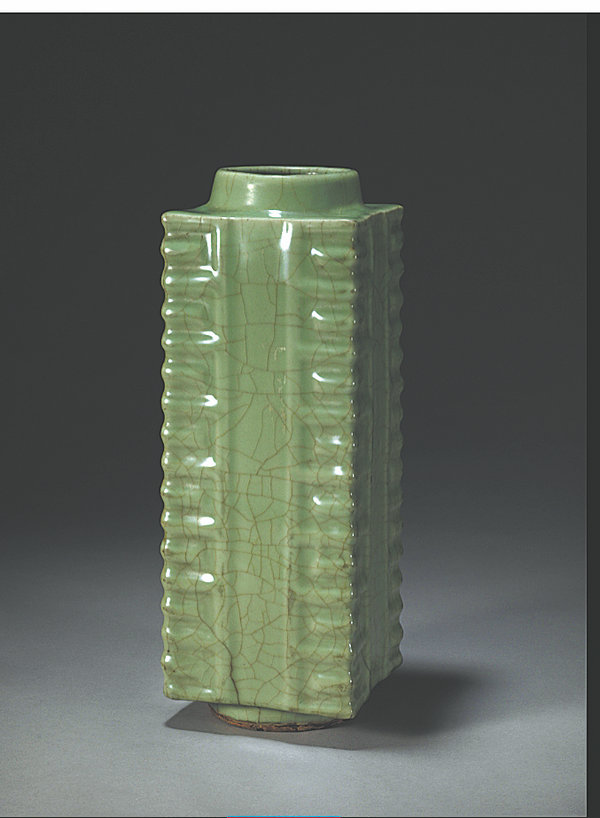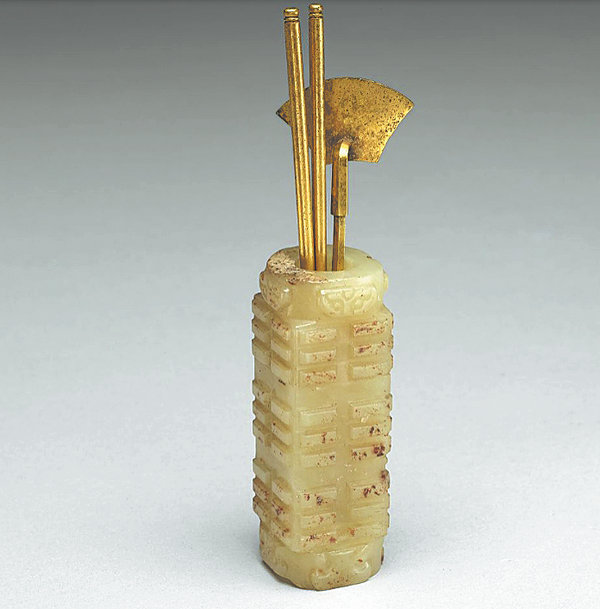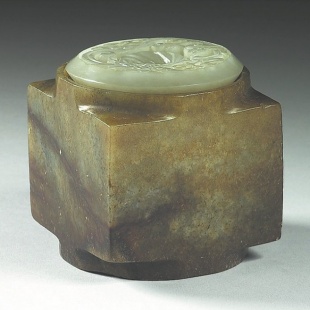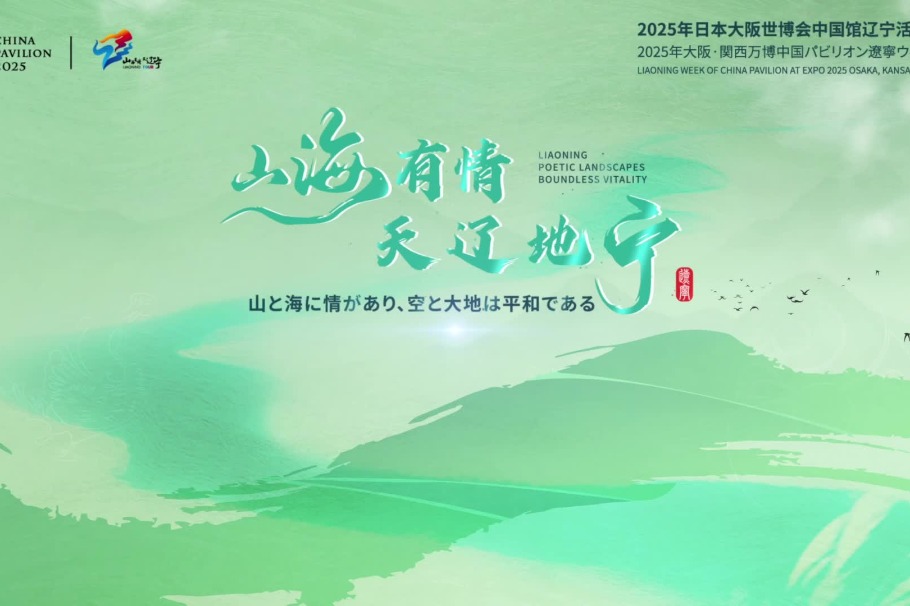A real gem of a story
Jade's appeal has moved emperors and symbolized their reigns, Zhao Xu reports.


Knowledge of heritage
Not unlike the Song emperor Zhao, Qianlong sought to expand knowledge of this cultural heritage through his own research, with mixed results.
"He was right perhaps half the time," says Teng Shu-ping, a leading jade expert from Taiwan. In her pioneering 2019 book, The Wisdom and Ignorance of Emperor Qianlong: Perceptions on Ancient Jade as Viewed from His Poems, Teng offers rare insights into the mind of a man who tried his best to make sense of what he could.
One notable misjudgment involved the jade cong from the prehistoric Liangzhu and Qijia cultures. Though he understood that cong was an important ritual jade, he recognized only its later forms, which bore little resemblance to the originals from 3300-1500 BC. Interestingly, he named his seventh and most beloved son Yongcong — "eternal cong" — and was heartbroken when the boy died at the age of 2.
On another occasion, the emperor mistook the protruding inner rim of a ritual jade disc for a teacup holder and had matching cups made to accompany it.
Occasional misjudgment aside, Qianlong had extended his passion to the study of foreign jade wares. In an article he wrote in 1768, the emperor examined the term "Hindustan", rightly identifying it with northern India. It mattered because "Hindustan jade" was how the emperor called the Islamic-style jade wares that had started to arrive at his court in mid-18th century, pieces that are today attributed largely to the Mughal Empire and Ottoman Empire.
Among these pieces was a jade bowl, "as thin as paper", and this was described as "simply beyond the skills of our craftsmen" to quote Qianlong. Here, he was making a clear distinction between works of great delicacy and ones that were "market-pandering and distastefully elaborate", which was how the emperor saw some of the jade wares being made in contemporary workshops in Suzhou, eastern China's Jiangsu province. And he proposed the making of antique-style pieces as a way to counter the trend, and to prevent it from causing "a disastrous waste of the precious Hotan jade" to use his words.
Reflecting on Qianlong's imaginative repurposing of antique jades — using cong as censers, for example — the curator notes that he was far from the first to innovate in this way.

"In the later stage of the Liangzhu culture, artisans began making cong taller and taller. These multi-segmented forms, reaching nearly 50 centimeters, embodied the Liangzhu people's renewed attempt to communicate with the heavens above," says Zuo.
"The same design resurfaced during the Song Dynasty in the 12th century, translated into porcelain flower vases. The earliest records we have, from 16th-century Ming Dynasty (1368-1644) writings, unsurprisingly call them 'cong-style vases'."
"China never forgets," he concludes.





































